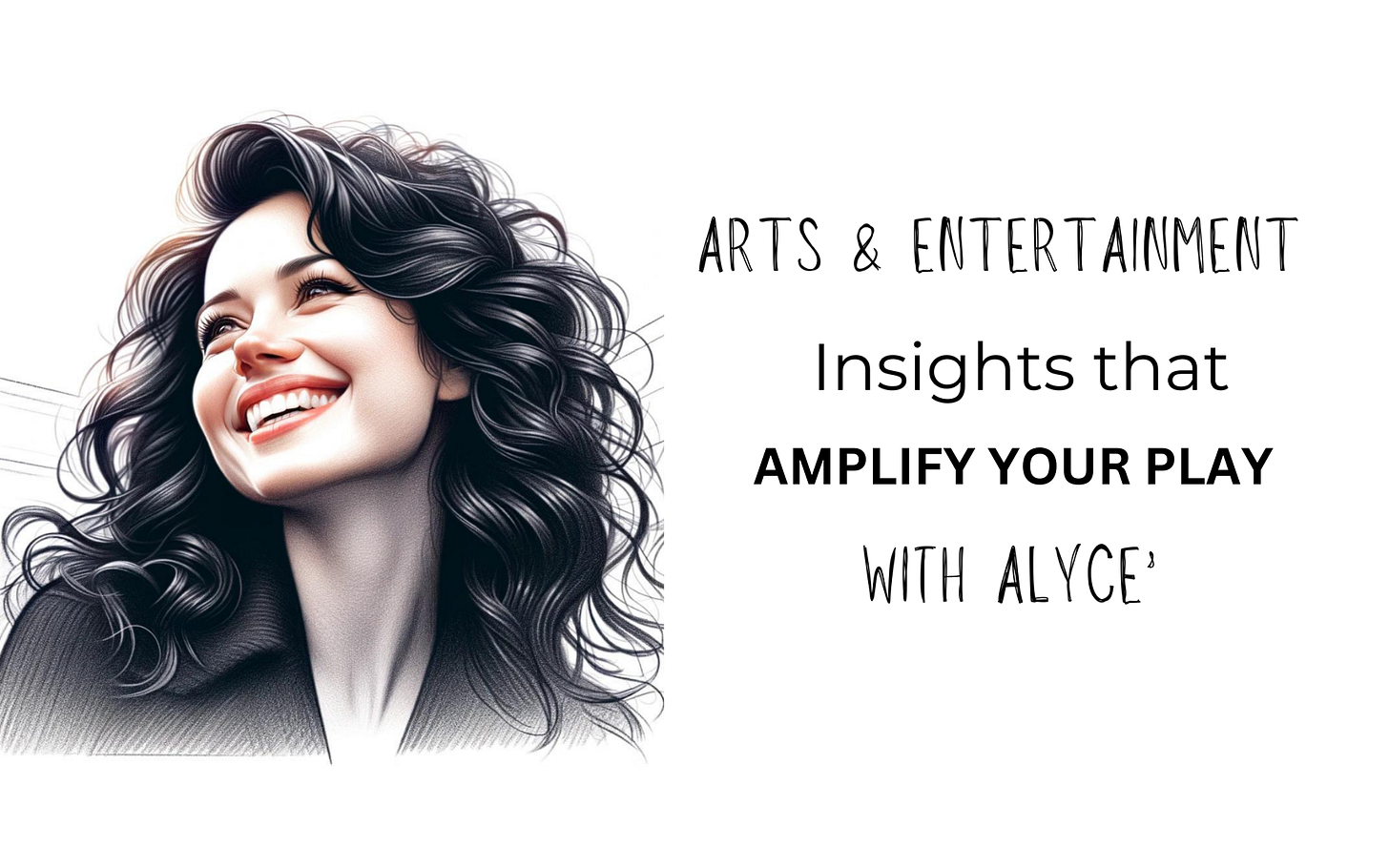The Impact of Social Media on Independent Artists
Social media has become one of the most transformative tools for independent artists in the modern era, fundamentally reshaping how they create, share, and monetize their art.
Keep reading with a 7-day free trial
Subscribe to Lundeenkey to keep reading this post and get 7 days of free access to the full post archives.

